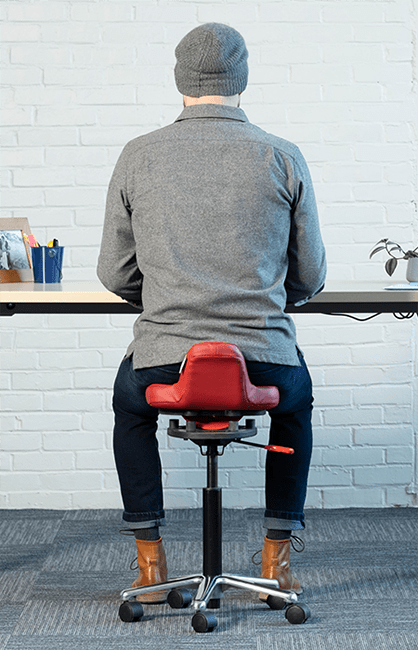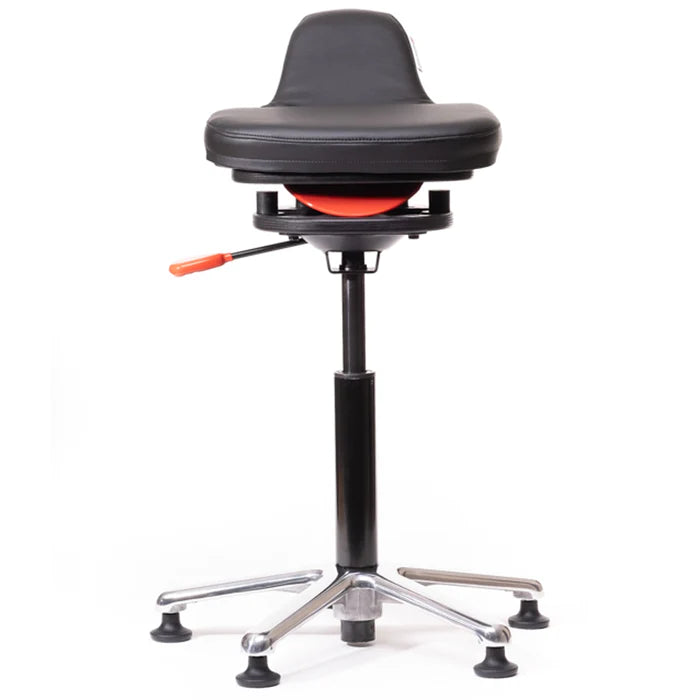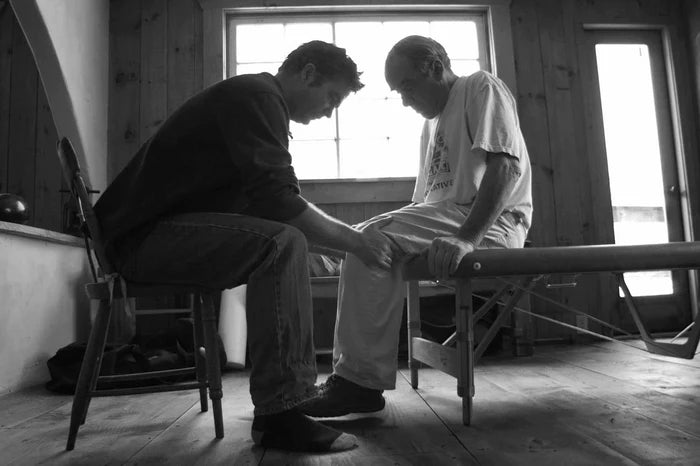Sit better in any chair!
Receive your free copy of "Sit Better" by
Dr. Osler directly in your inbox.

With decades of experience as a physician and researcher, Dr. Osler’s quest for a healthier way to sit led him to develop a better chair.

Active sitting improves posture and strengthens core muscles which can relieve back pain from prolonged sitting.

Enjoy a 60 day trial period to fully experience our chairs. If active sitting isn’t for you, just send us back the chair for a full refund – completely hassle-free.
“As one engages in an activity involving fixed attention, while remaining generally immobile for long periods of time (i.e. office work/computer usage), one’s body tends to rigidify, yielding way to higher levels of anxiety. The movement and proprioceptive feedback provided by the chair do much to ameliorate this.”
(Watch my video review of the Ariel chair below)
CAN ACTIVE SITTING HELP PEOPLE WITH ADHD?
Although Descartes introduced the idea that the mind is something separate from the body, that was 500 years ago. We have since evolved our thinking to realize that the mind and body are connected and both influence each other. For example, slowing your breathing can calm the mind. Or, studies have shown that just thinking about practicing a physical skill will result in improvement in that particular skill. The mind and body are integrally linked, and an effect on one is an effect on both.
Because our bodies are designed to move, it’s not surprising that forcing people to sit still for most of the day might affect their mental lives, and this can cause problems. One such problem is that attention deficit hyperactivity disorder (ADHD) may be exacerbated. Absent our fixation on kids sitting still for most of the school day, ADHD might be a much less common diagnosis. Although more research is needed, it seems likely that active sitting may be a drug-free approach to helping people who struggle with ADHD. Active chairs allow the user to move while they sit, which has been shown to improve the concentration of those with ADHD.
Daniel’s observation that sitting immobile for long periods made his body more rigid and his mind more anxious is a story we’ve heard often. By allowing the body to flow, active sitting can allow the mind to more easily find its flow as well.

"I immediately felt the palpable sense of freedom and comfort not present in other chairs!"

Click play
(Try risk-free for 60 days!)

Using our patented mechanism we call RedRocker™ Technology, QOR360 chairs move effortlessly in all directions, allowing you to stay in motion.
Once you have your QOR360 chair, schedule a free postural consultation with our in-house spine expert, Uwe Mester. Uwe has helped people find pain-free sitting for over a decade. His thoughtful approach has helped thousands of people.
